Selecting the perfect feline companion often involves considering various factors, including the breed’s temperament, compatibility with your lifestyle, and potential health care needs. While all pets can incur veterinary expenses, certain cat breeds are known to have higher medical costs on average due to their predisposition to various hereditary health issues. These breeds may require more frequent visits to the vet, specialized care, or costly treatments for their specific health concerns. This article aims to shed light on eight cat breeds that are typically associated with higher veterinary bills, exploring the reasons behind these increased health care costs. Understanding these aspects can help potential cat owners make informed decisions when choosing a breed, ensuring they are prepared for the responsibilities and financial commitments that come with owning a pet with potentially higher medical needs.
1. Bengal
Bengals are admired for their exotic appearance and dynamic personalities, but they can be prone to several health issues that may lead to higher vet bills. Bengals are susceptible to heart diseases like hypertrophic cardiomyopathy, as well as progressive retinal atrophy, a condition that can lead to blindness. Additionally, their energetic nature can sometimes result in accidents and injuries requiring medical attention. Responsible breeding and regular health screenings can help mitigate some risks, but owners should be prepared for potential health-related expenses.
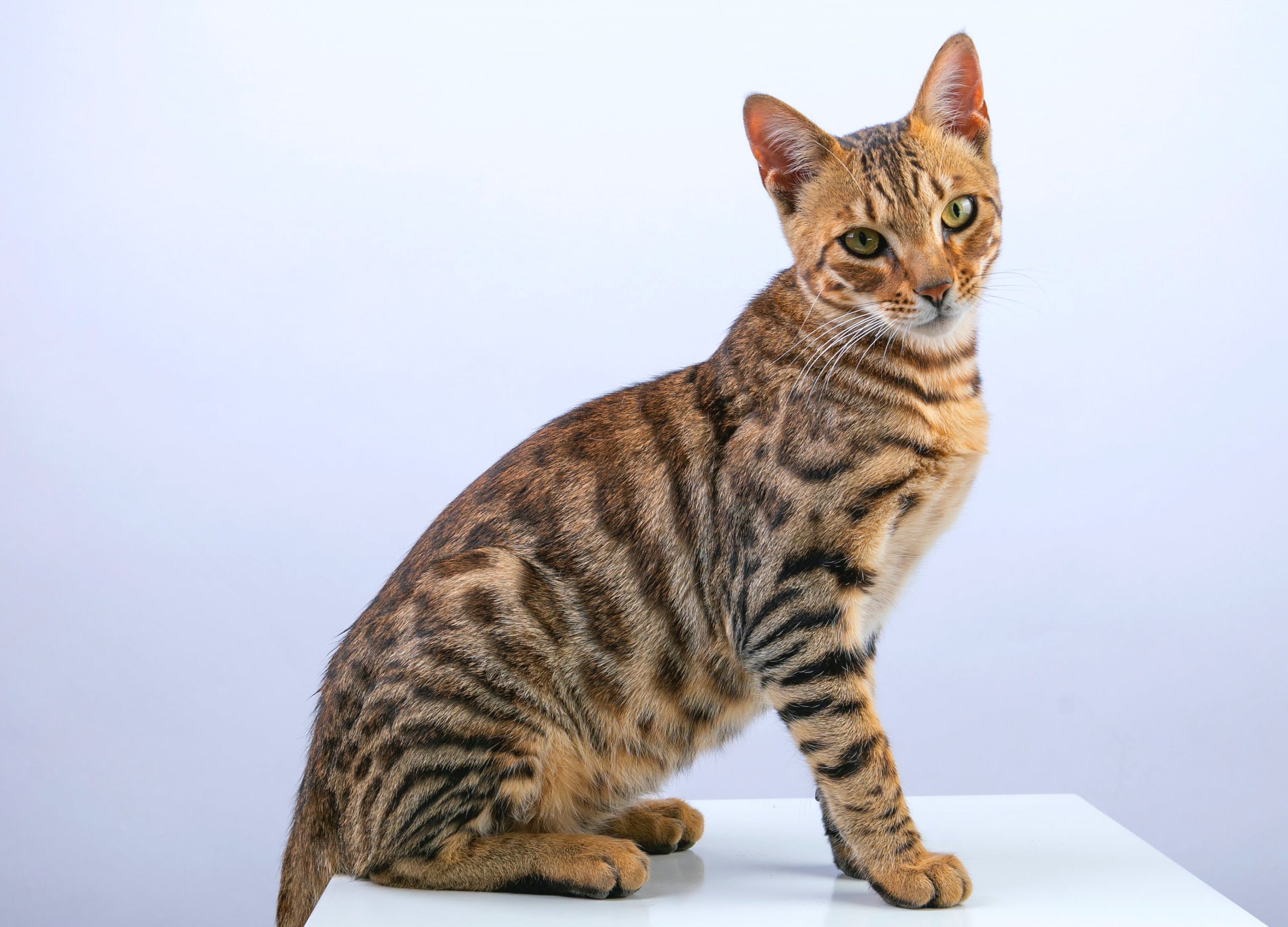
2. Sphynx
The Sphynx’s unique hairless appearance comes with specific skin and health care needs. Without fur to absorb oils, they require regular bathing and skin care to prevent dermatological issues. Sphynx cats are also at risk for hereditary conditions such as hypertrophic cardiomyopathy and dental problems, which can necessitate specialized and ongoing veterinary care. Their lack of fur makes them more susceptible to temperature extremes, potentially leading to additional health concerns that require professional attention.
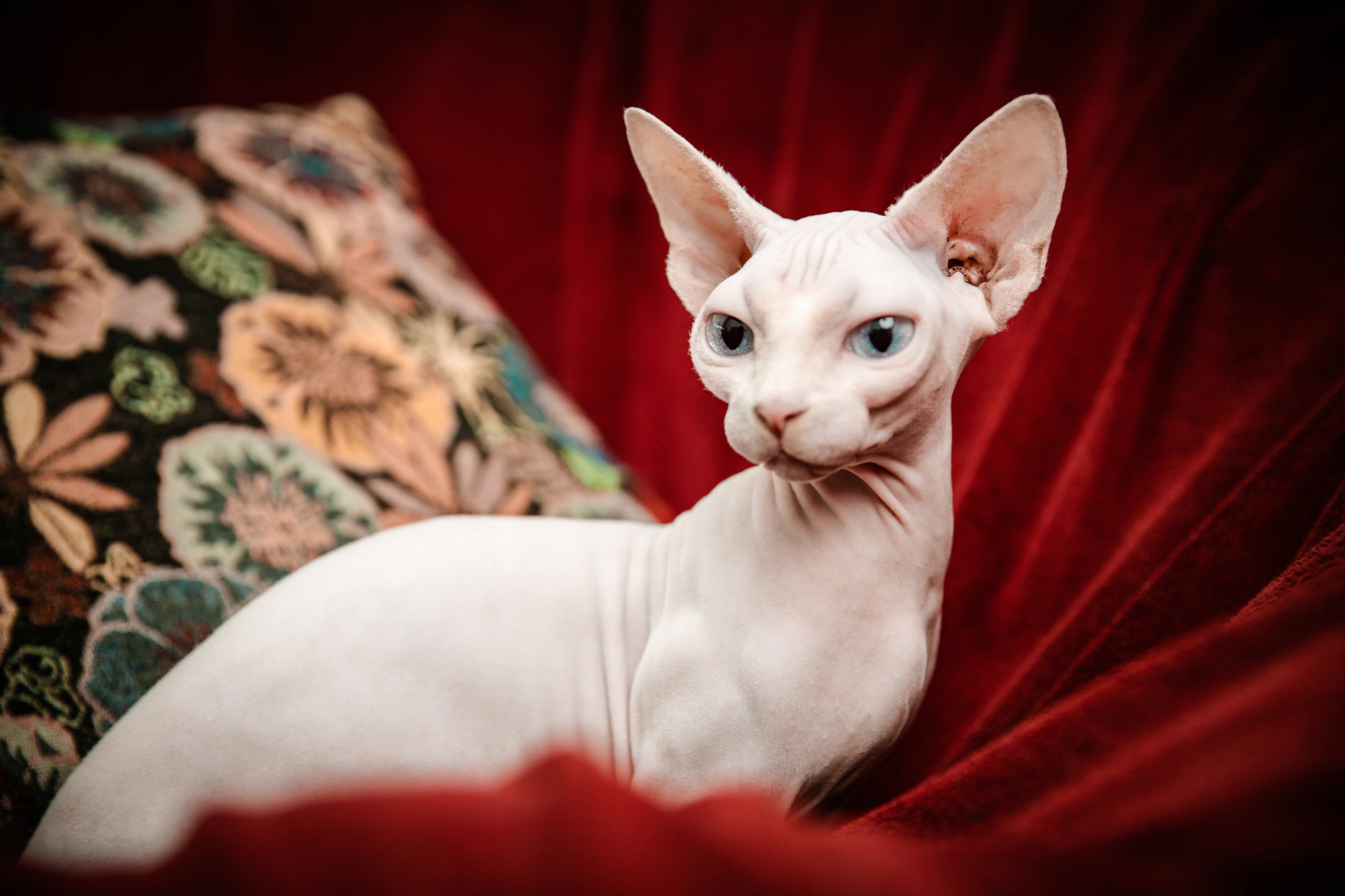
3. Maine Coon
Maine Coons are beloved for their large size and friendly disposition, but their stature comes with predispositions to certain genetic health issues, including hypertrophic cardiomyopathy, hip dysplasia, and spinal muscular atrophy. These conditions can require extensive medical management, including diagnostics, medication, and sometimes surgery, contributing to higher veterinary costs. Regular health screenings and attentive care can help manage these conditions, but Maine Coon owners should be financially prepared for their pet’s potential health care needs.
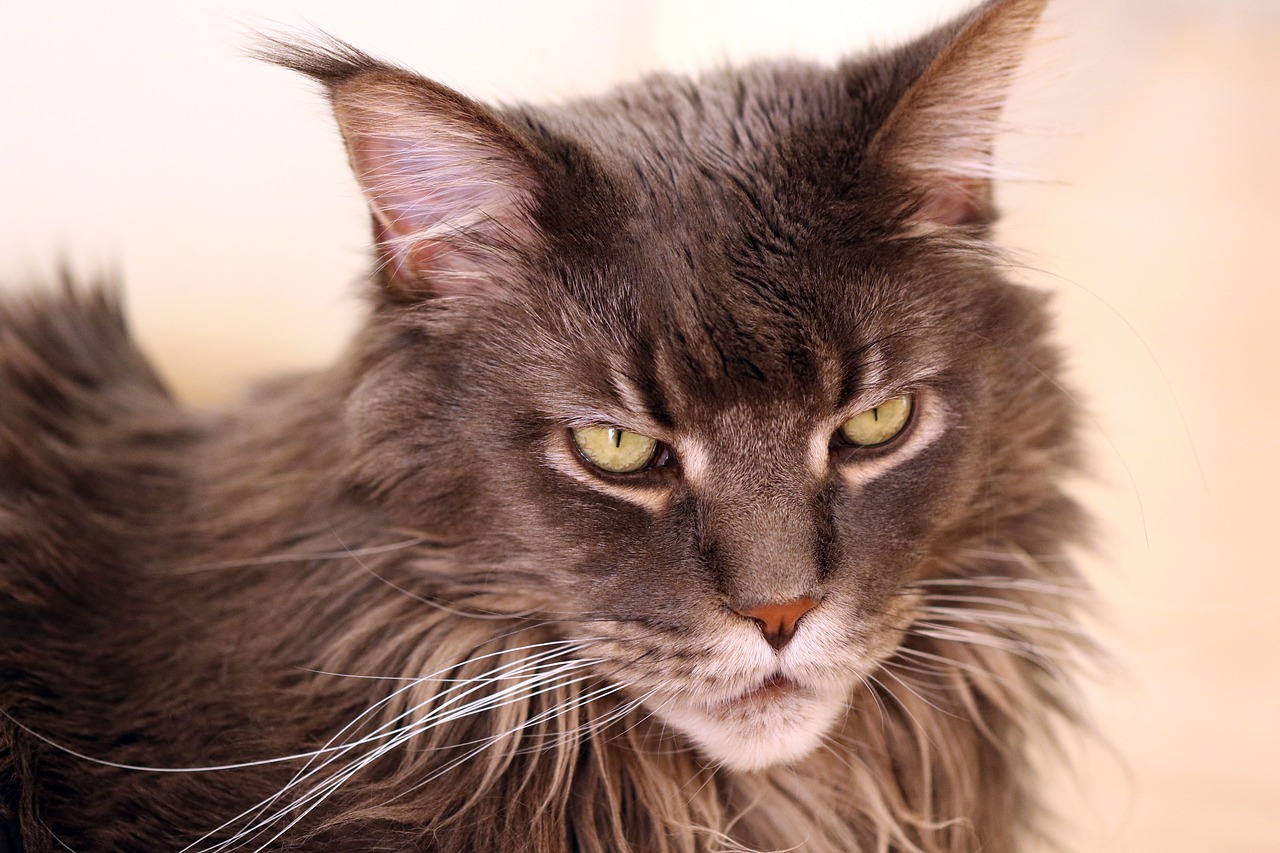
4. Persian
Persians are known for their luxurious coats and distinctive faces. However, their brachycephalic (flat-faced) structure predisposes them to respiratory and dental issues that can require ongoing veterinary care. Persians are also prone to polycystic kidney disease (PKD) and eye conditions such as entropion. The breed’s long coat requires regular grooming to prevent mats and skin problems, and neglecting this care can lead to additional vet visits for dermatological issues.
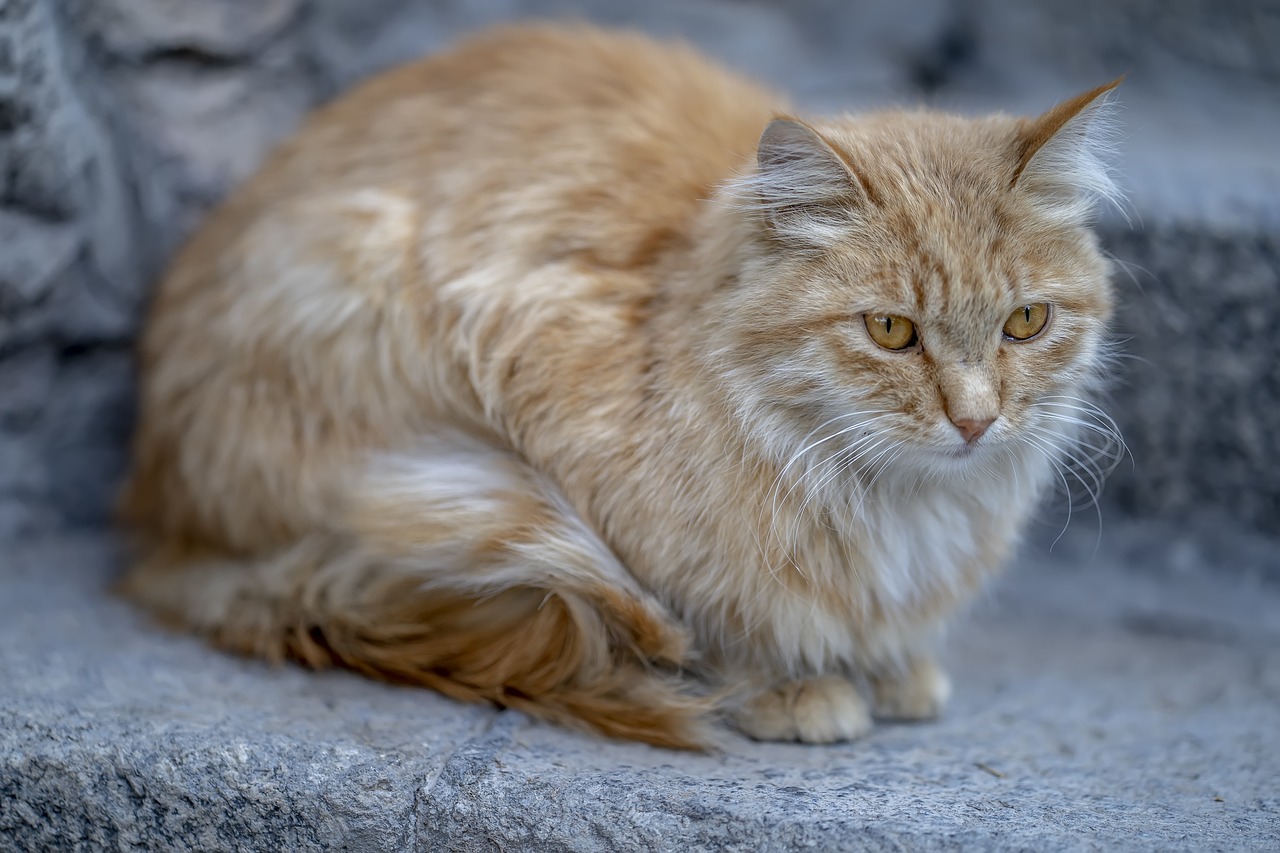
5. Ragdoll
Ragdolls are cherished for their docile nature and striking blue eyes, but they are genetically predisposed to hypertrophic cardiomyopathy and kidney disease. Regular veterinary check-ups and diagnostics can help catch these conditions early, but managing them can be costly over the cat’s lifetime. Additionally, their laid-back demeanor can sometimes lead to obesity, further complicating their health and necessitating more frequent veterinary care.
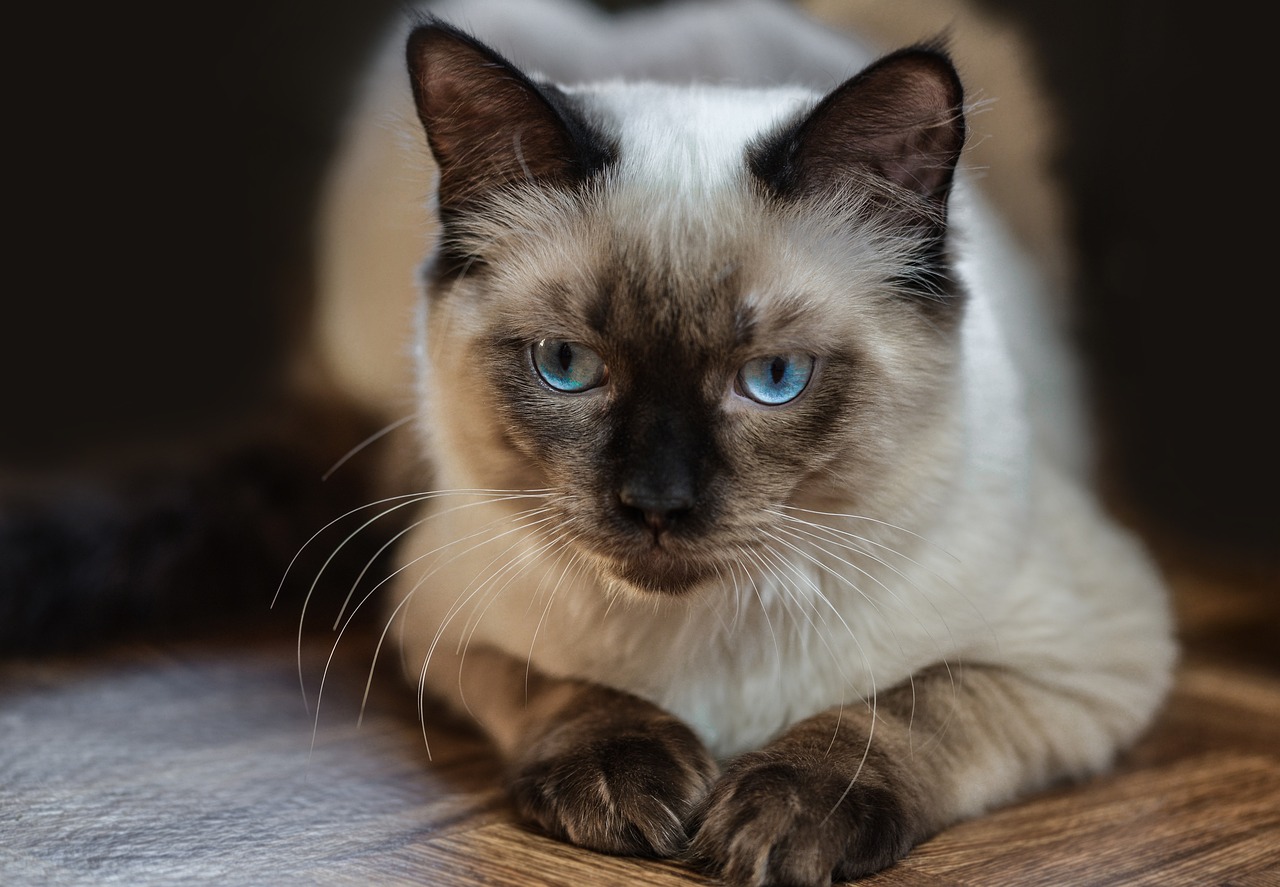
6. Scottish Fold
Scottish Folds are known for their unique folded ears, a trait caused by a genetic mutation that can also lead to cartilage issues throughout the body. This breed is at risk for osteochondrodysplasia, a hereditary condition affecting bone and cartilage development, leading to arthritis and mobility issues that may require lifelong management. Regular veterinary visits and treatments for pain and inflammation can result in higher medical expenses for Scottish Fold owners.
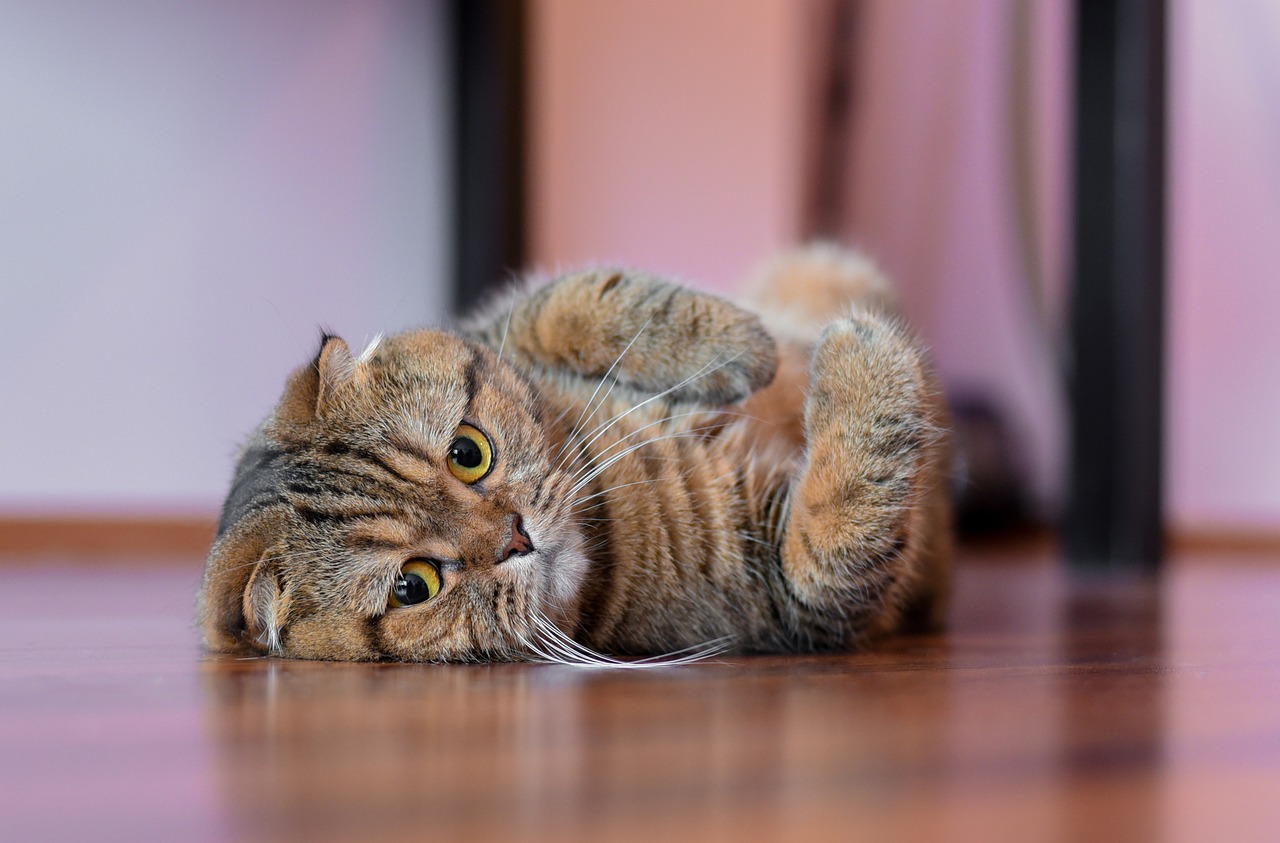
7. British Shorthair
The British Shorthair, with its sturdy build and calm demeanor, can be predisposed to heart disease, including hypertrophic cardiomyopathy, and hemophilia B, a blood clotting disorder. These health issues can necessitate regular veterinary care, specialized treatments, and emergency interventions, contributing to higher overall medical costs. Owners need to be vigilant about their British Shorthair’s health and prepared for the potential financial implications of their care.
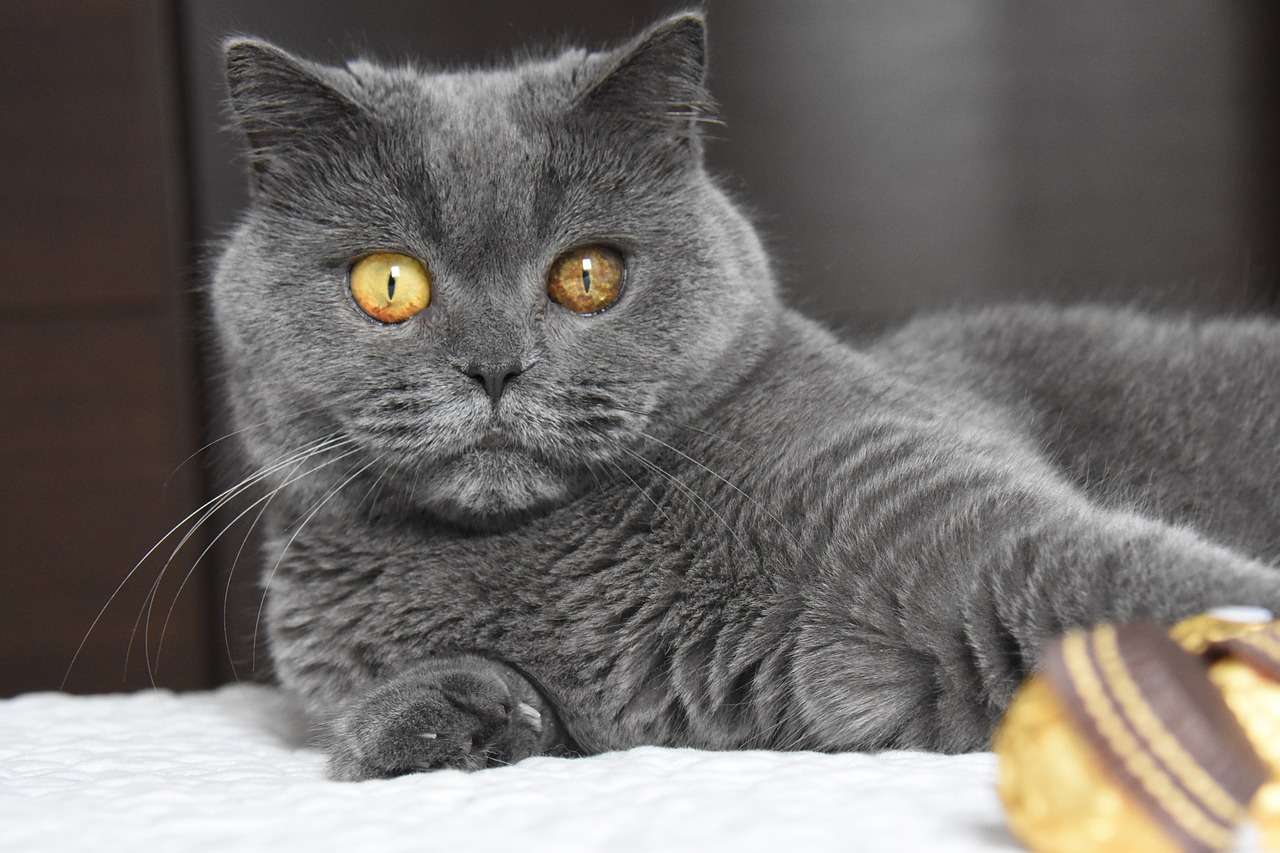
8. Exotic Shorthair
Exotic Shorthairs share the Persian’s brachycephalic features, making them susceptible to similar respiratory and dental issues. Their flat faces can lead to breathing difficulties, dental malocclusions, and tear duct problems that may require surgical interventions and ongoing care. Additionally, Exotic Shorthairs can inherit polycystic kidney disease from their Persian ancestors, adding to potential health care costs.
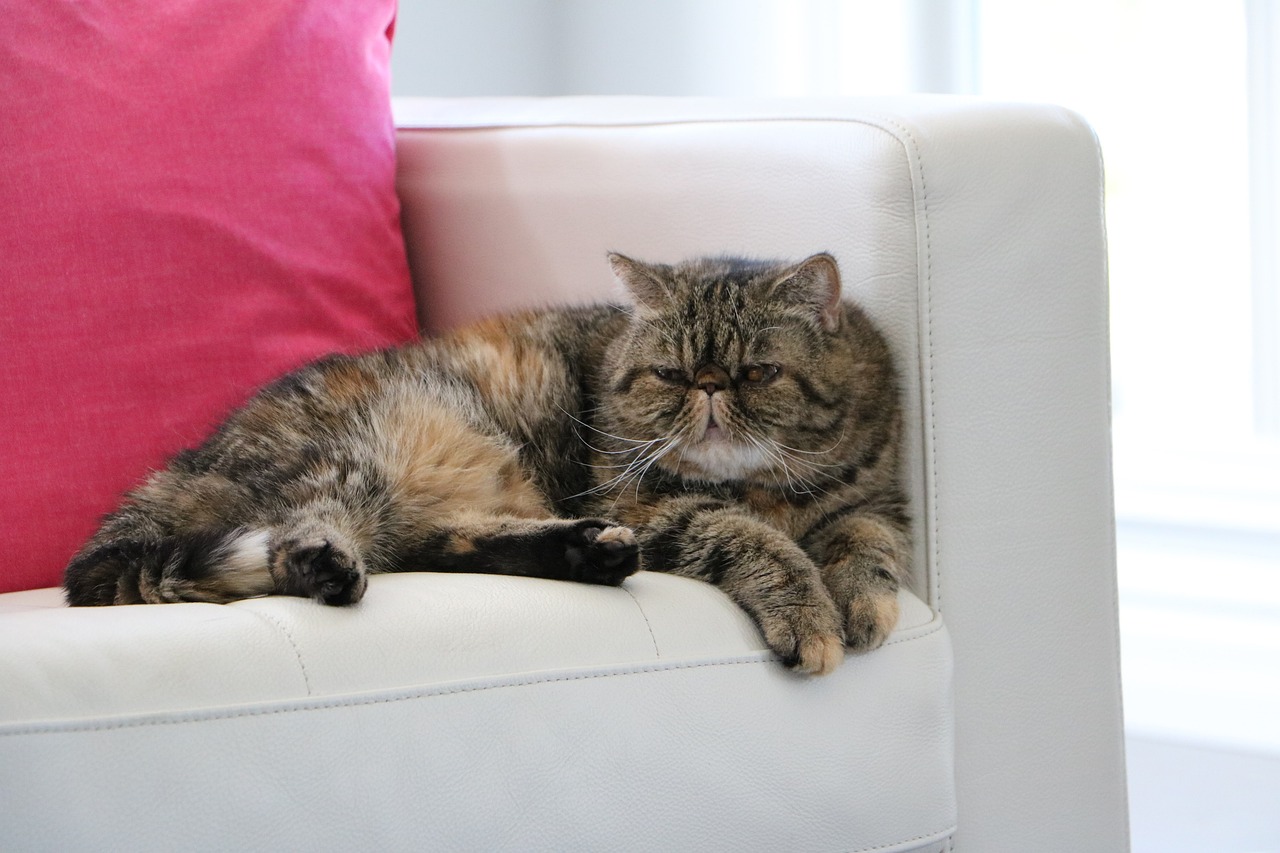
While these eight cat breeds are known for their potential for higher veterinary bills due to their predisposition to various health issues, it’s important to remember that individual health can vary widely. Prospective owners should consider these factors carefully, along with the joy and companionship these breeds can bring. Regular veterinary care, responsible breeding practices, and a commitment to preventive health measures can help manage some of these risks. Nevertheless, potential and current owners of these breeds should be prepared for the financial responsibilities that come with ensuring their feline friends lead long, healthy lives.
